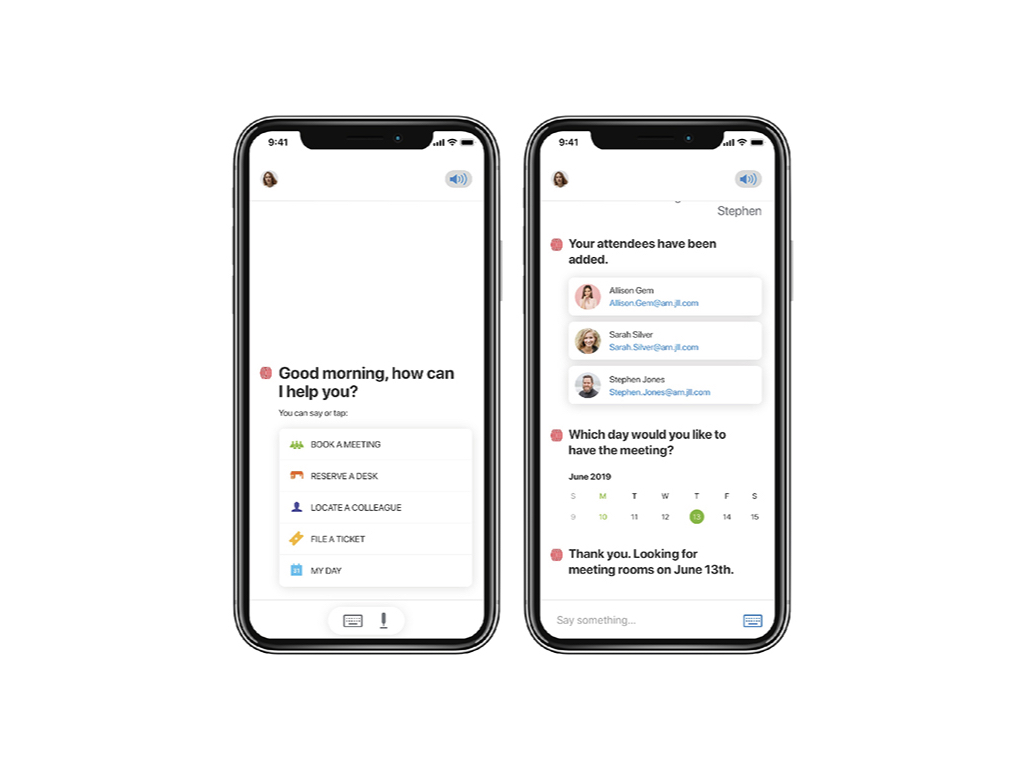Thank you for your interest in the Digital Workplace Company. As of April 2021 we are no longer accepting new clients. Read more.
Unless you take a particular interest in the real estate sector, you might not be aware that like other industries, it too is undergoing a digital revolution. For the most part, the digital transformation of real estate has is focused on the needs of the people and organisations that manage property or property investments. However, there is an area under the broad umbrella of "Proptech" that is focusing its attention on using digital to enhance the tenant experience.
For some time, I've been tracking and mapping a whole range of different digital software and hardware products that contribute to how we experience work and our workplaces. However, it appears that for the moment, these Proptech solutions have fallen under the radar of people interested in the digital workplace. Quite rightly, they have been looking at the convergence between HR, internal communications, and collaboration (IT). We also see attempts to combine some of these elements into new segments, for example, talent experience management. This jostling for position tells us that the market is simply in flux as everyone tries to stake a claim on delivering the employee experience.
However, I think that these tenant experience solutions seem to be filling a void in the digital workplace that I have yet to see being addressed by any of the typical solutions I see used in the enterprise. Although I know Microsoft aims to be a serious player in smart buildings, Office 365 itself actually has little to offer out of the box in terms of what is being provided by tenant experience startups.
There is a long list of specific solutions I could mention, but the features in some of the multi-function platforms make it a little clearer to understand what makes these new players so interesting. They include vendor's like Equiem, HqO, spaceOS (initially focused on co-working but have moved into the enterprise), and Workwell (who started life as the Never Eat Alone app).
The functionality gaps that are commonly addressed by these multi-function tenant experience platforms can include:
- Access to amenities, including commerce and payments
- Physical building access
- Comfort control or feedback (e.g. air conditioning)
However, many are also rapidly expanding into other areas, more commonly associated with digital workplace tools you might already be familiar with - for example:
- Communication - e.g. news feeds, alerts
- Community management, including social networking and events
- Room booking and wayfinding
- Service desk for reporting facilities issues
In some of these areas, these systems will happily integrate with your Microsoft or Google stack, particularly for room booking and meeting management. Some solutions even integrate with Slack.
However, some apps are going much further in terms of competing with traditional enterprise apps. For example, Workwell offers a company handbook add-on that they suggest can be used for "Guides, onboarding, FAQs and other useful information." Another solution, TowerChat, is a community platform for office buildings that connects people and companies - imagine Yammer or Workplace designed to serve a building rather than a single company.
At a minimum, the downside of tenant experience solutions is that they add another layer of noise to an already distracting space. Even worse, for large organisations with many different offices, it could mean a different app experience in each office. Those experiences could also vary depending on the quality deployed.
I can also see some enterprise stakeholders being wary about whom the tenant experience benefits. Right now, building owners see them as a tool to help make their buildings more attractive to employees and facilities management. Facilities managers also need tools to help them engage with the people that use their buildings in a more effective and modern way. However, HR and internal communications may not welcome something else competing for their employee's attention.
I say, let's welcome these tenant experience solutions to the digital workplace table. They might even be in a better position to improve areas of existing friction in the workplace, such as onboarding or collaboration with business partners. However, it does highlight the growing importance of looking broadly at the employee experience and not assuming it starts and finishes in a particular business process or that the digital workplace is only concerned with the virtual domain. The tenant experience vendors may also find themselves soon needing to build a value proposition that lets them partner with existing enterprise solutions or provide something to HR and internal communications that they can't get anywhere else. Either way, game on!
Sign up to the Digital Workplace newsletter for news and links about the digital workplace. View the archive.

